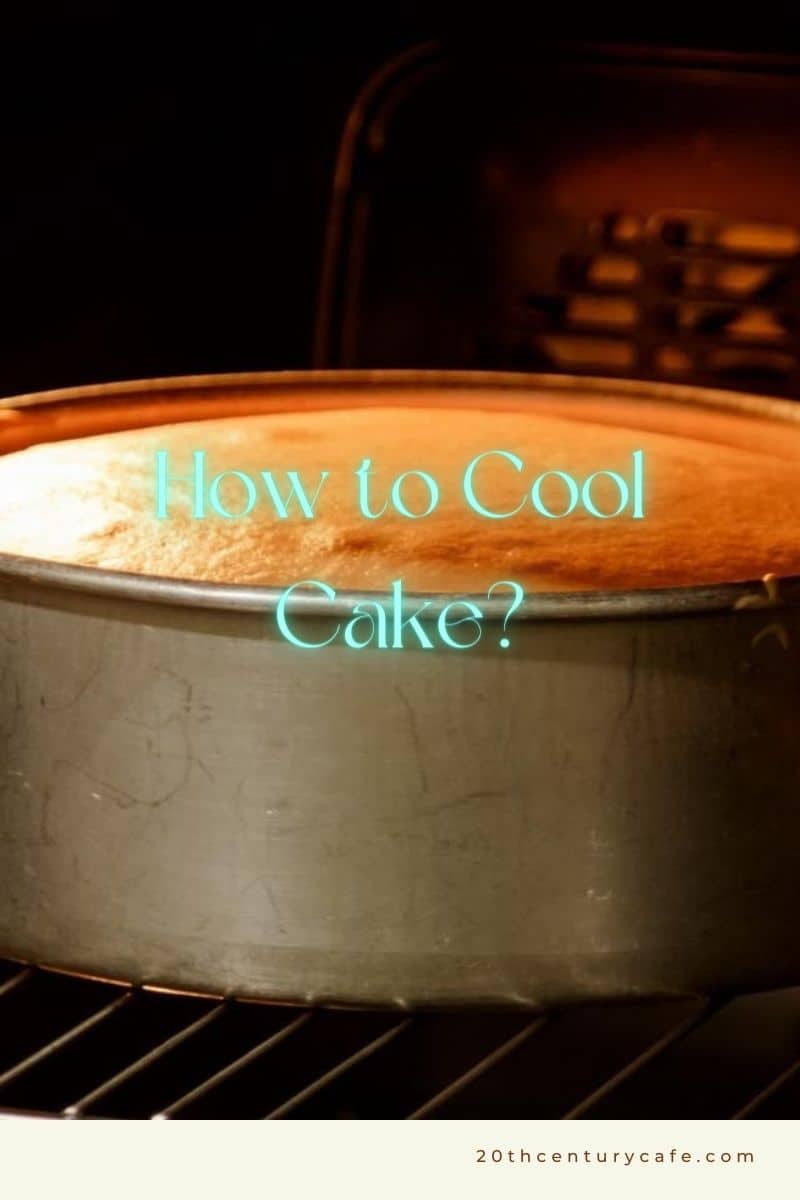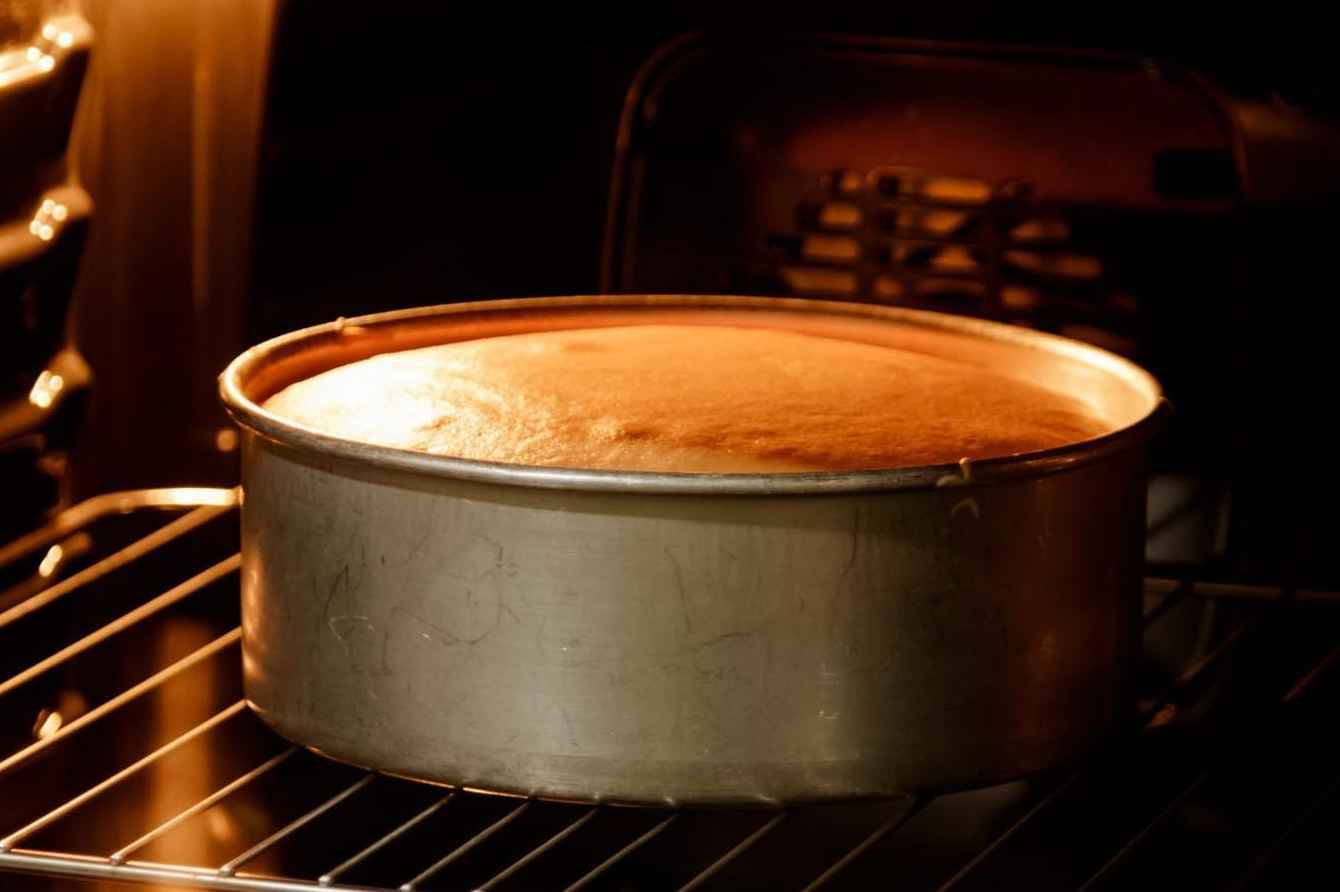One common question a kitchen newbie poses is, “how long do I need to bake a cake?” Well, the answer is more complex than for other dishes.
Even expert bakers have their fair share of cake catastrophes and sweet successes. But when it comes to baking time, there’s no one-size-fits-all answer. So grab your aprons, and let’s explore the ins and outs of this culinary endeavor.
Types of Cakes and Their Baking Times
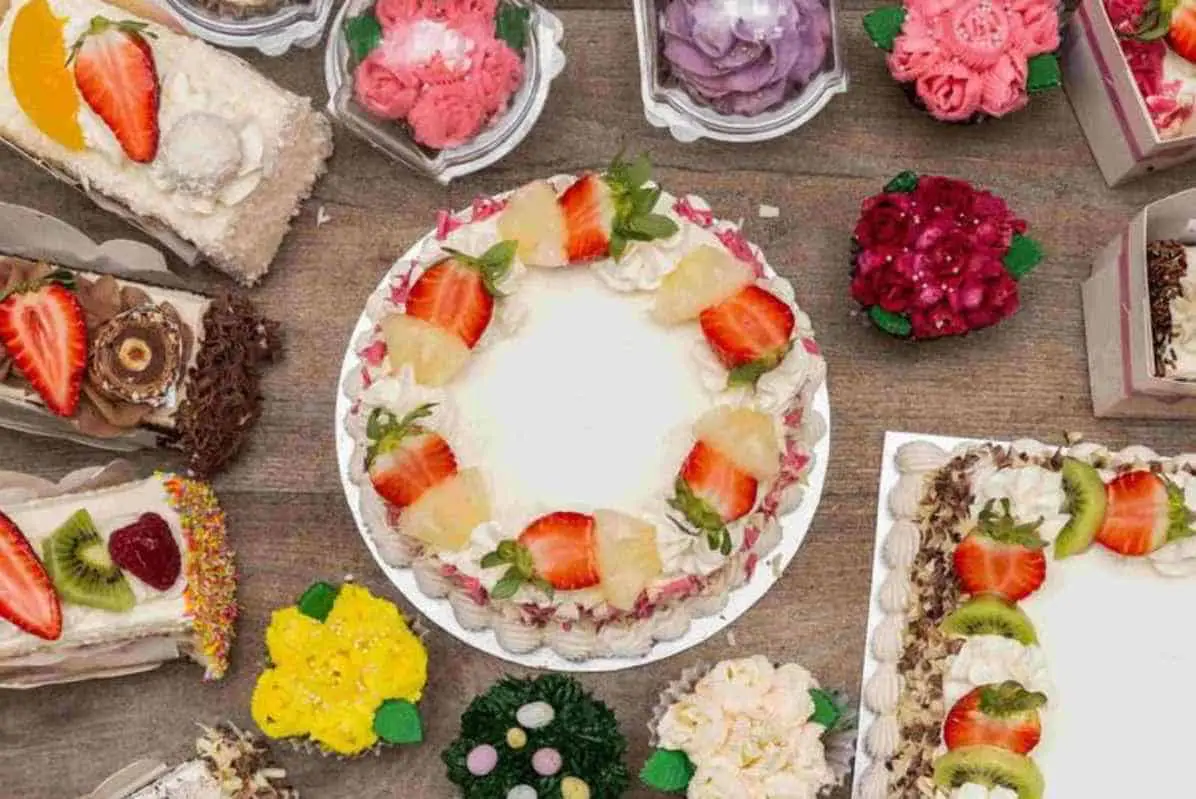
Different types of cakes require various baking times. It all depends on the cake’s consistency and thickness and the type of oven used. The following information can serve as your handy guide.
However, it’s still best to keep an eye on your cakes while they’re baking. Monitoring them can ensure you’ll have bakery-worthy pastries.
- Sponge Cake: This cake is light and fluffy, like a soft pillow. It usually takes about 20-30 minutes to bake, depending on its size.
- Butter Cake: Next on the list is butter cake – a rich buttery confection with a dense texture. It takes a bit longer to bake than sponge cakes, usually around 30-40 minutes.
- Foam Cake: This light and airy cake is like a sweet and delicious cloud. You must allot around 35-45 minutes to achieve the desired fluffiness. Remember to be gentle with foam cakes and not overmix them, or they might deflate!
- Flourless Cakes: As the name suggests, these cakes don’t contain any flour. Its most common ingredients, ground nuts or chocolate, give it a dense, fudgy texture. Flourless cakes require longer oven time than most cakes. It takes around 50-60 minutes to bake. Test the cake with a toothpick to ensure it’s fully baked. Its texture can be trickier to judge.
- Boxed Cake Mixes: When you buy a boxed cake mix, you’ll see instructions on the box that tells how long you need to bake it. The baking time depends on the size and shape of the pan you’ll use and the type of oven you have.
Most of these instant desserts will have a baking time range, for example, “25-30 minutes”. It means that you should start checking the cake at the 25-minute mark to see if it’s done. Then you continue checking every few minutes until it’s fully baked.
Remember, these are just general guidelines for baking times. Every oven is different, so keep an eye on your cake and test it to ensure it’s cooked and ready.
Table of Baking Times According to Cake Type
| Cake Type | Baking Time (Minutes) |
| Sponge | 20-30 |
| Butter | 30-40 |
| Foam | 35-45 |
| Flourless | 50-60 |
| Boxed Mixes | 25-30 |
Baking Time Based on the Oven Used
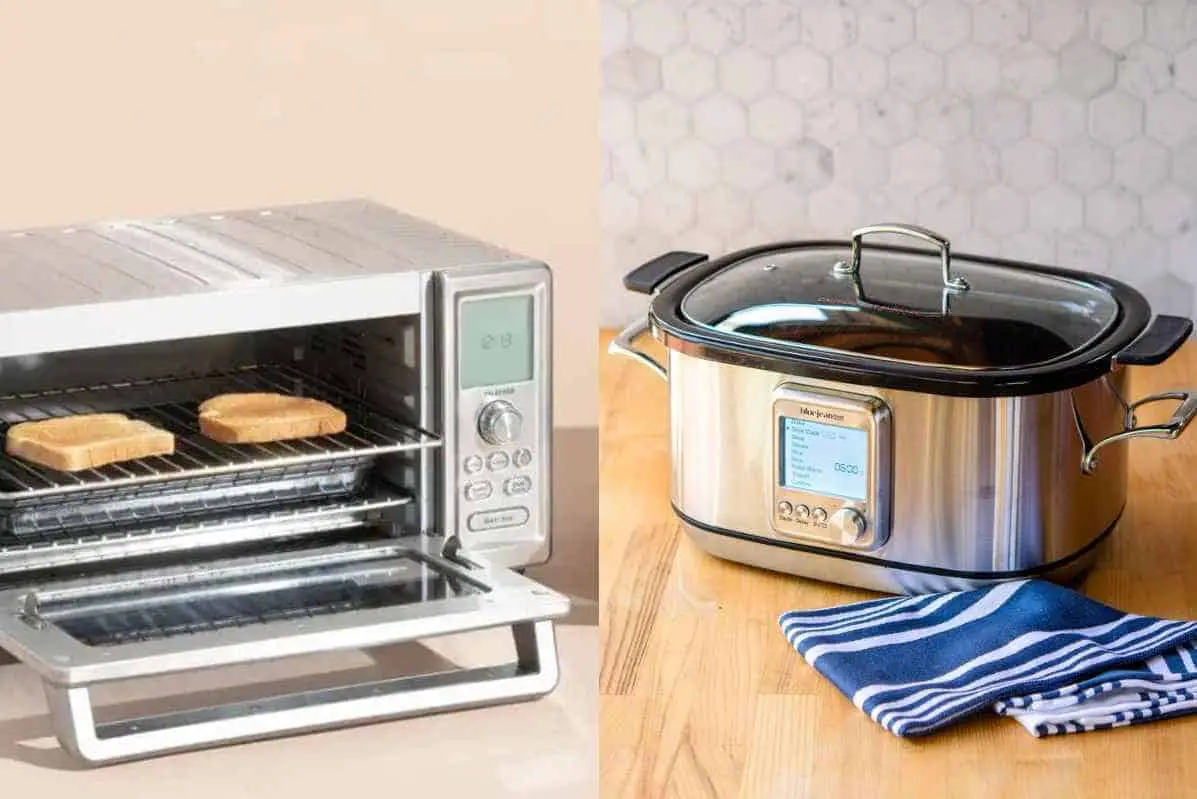
Aside from the usual oven, you can also use an oven toaster and a slow cooker for baking cakes. However, you need to adjust the baking time since they work differently. The following are some helpful guidelines you need to
Oven toaster
You’ll need to preheat it when you bake in an oven toaster. Once hot, put your batter in a baking pan and pop it in. Generally, the cake takes around 20-30 minutes to be ready. But it can vary depending on the size and type of your dessert.
Slow cooker
Slow cookers are great for making all kinds of meals, including cakes! First, you must put your batter in a heat-safe container. Then, add water to the bottom of the device and place your pan on top of the water.
It helps the pastry cook evenly and prevents it from burning. This kitchen equipment cooks food at a low temperature for a long time, so baking in a slow cooker can take 2-4 hours.
Factors Affecting Baking Time
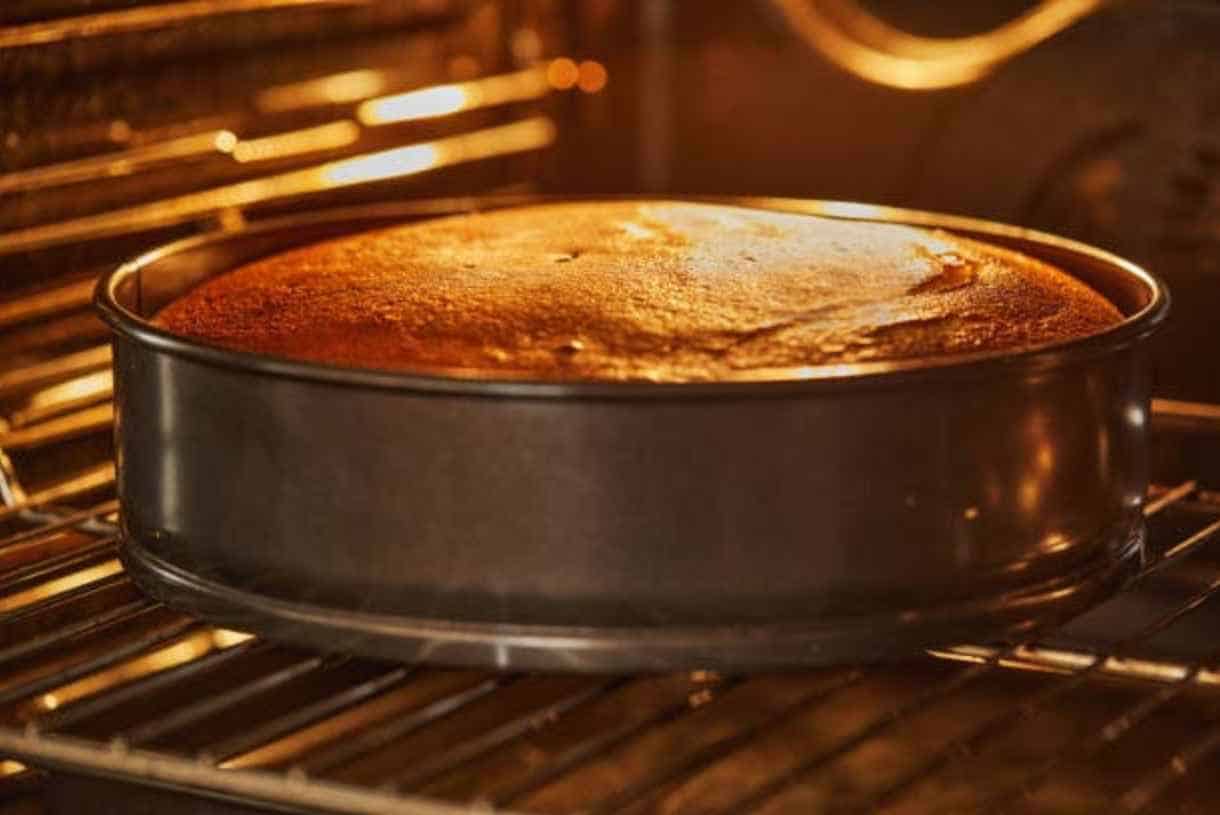
Baking a cake can be a complex endeavor, especially when it comes to managing the baking time. However, it doesn’t have to be complicated. It will help if you understand the factors affecting how long you need to keep your treats in the oven.
Oven temperature
If you’re baking at a lower temperature, it will take longer for the heat to fully penetrate the batter and cook it all the way through. On the other hand, when using a higher temperature, the heat will permeate more quickly, and your baked goods will cook faster.
Cake Pan Size, Material, and Thickness
First, let’s talk about pan size. If you use a smaller one than the recipe calls, your cake will be thicker and take longer to bake. On the other hand, if you use a larger version, your pastry will be thinner and cook faster. So, make sure to use the correct size for your recipe!
Next, let’s talk about pan material. The most common materials are metal and glass. Metal pans are better at conducting heat, which means they will bake your cake faster than a glass pan. Glass pans are slower to heat up and can take longer to cook your dessert.
Finally, let’s discuss pan thickness. Thicker baking vessels will take longer to heat up and cool down. It means your cake will take longer to bake. Thinner pans will get hot and cold quicker, so your treats will be ready earlier too.
Batter Consistency
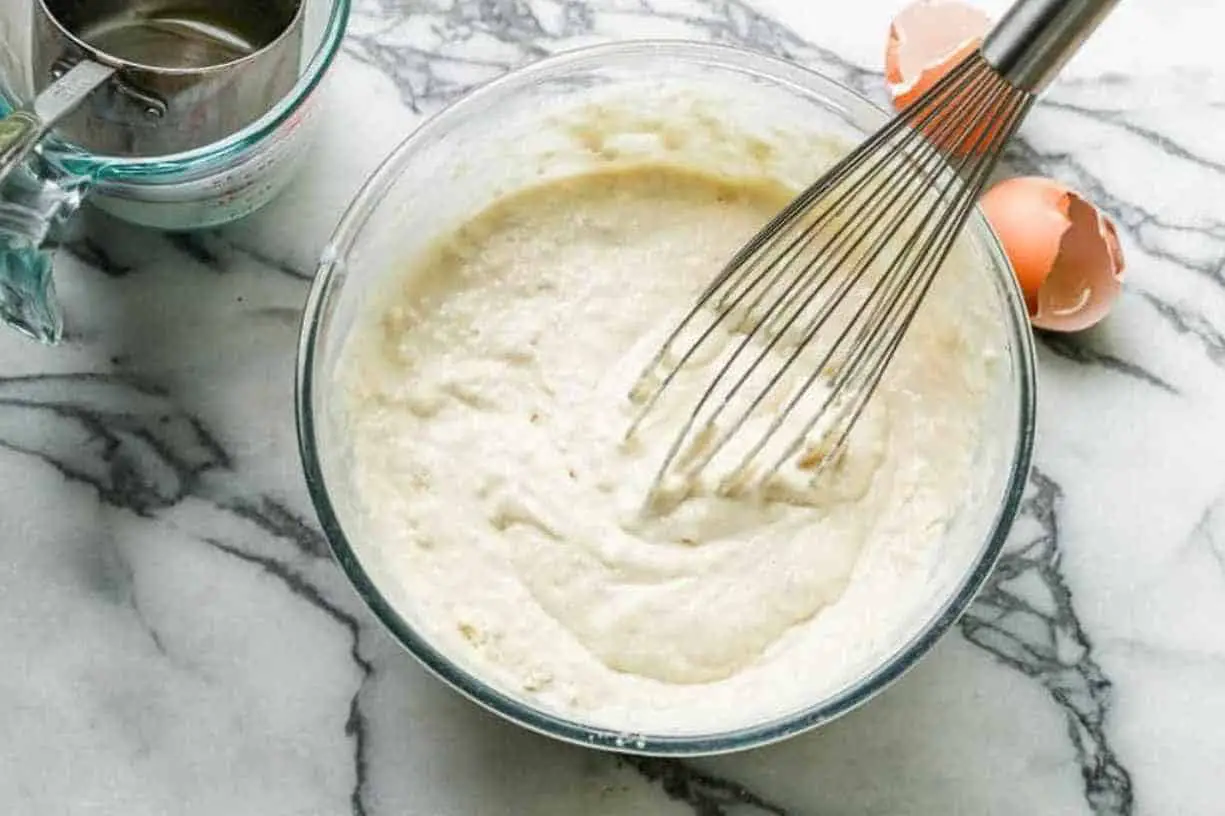
When making a batter for baking, you want to ensure it’s the right consistency. If it’s too dense, it will take longer to cook through. The heat has to penetrate the entire batter to reach the center. On the other hand, if the mixture is too thin, it will cook faster because the heat can easily permeate.
Oven Placement
Your cake’s placement in the oven can also impact how long they take to bake. The baking time is longer if you place them on the bottom rack. It’s because the heat has to travel farther to reach them. Positioning them on the top shelf will hasten cooking time since they’re closer to the heat source.
How Long Do You Need to Bake a Cake from Start to Finish?
Are you about to bake a cake? It pays to first determine how long it will take to finish it. Knowing how much time you need to allot can help you plan your day. It can also avoid unpleasant surprises along the way.
Single Layer Cake
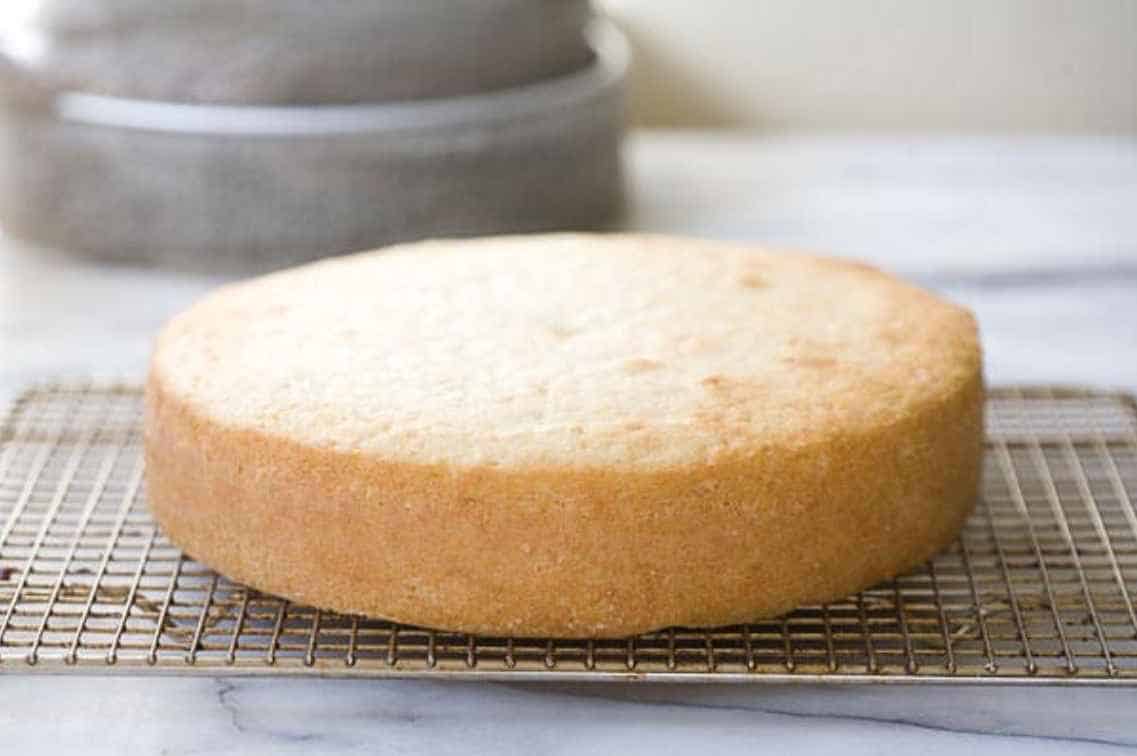
- Preparation: Preparing all the ingredients and equipment and preheating the oven to the appropriate temperature usually takes 15-20 minutes.
- Baking and Cooling: The baking time for a single-layer cake can vary depending on the recipe and pan size. On average, it takes around 25-35 minutes to bake this treat at 350°F (180°C). The dessert needs to cool down before you can ice and decorate it. It usually takes around 30 minutes to cool down a single-layer cake. Placing it on a wire rack can cool it down faster.
- Icing and Decorating: Once your cake has cooled down completely, it’s time to ice and decorate it! It is where you can get creative and make your treat look beautiful and delicious. Depending on the type of icing and decorations you choose, completing this step can take 15 to 30 minutes.
Multi-layer cake
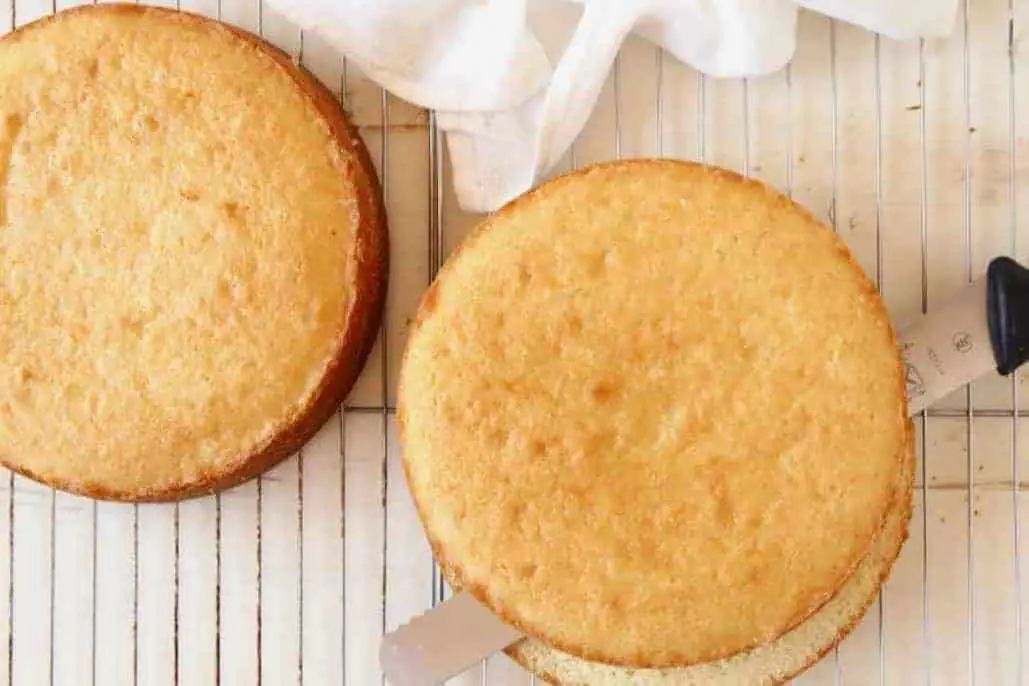
- Preparation: Before you start baking your multi-layer cake, it’s vital to gather all the necessary ingredients and equipment. Getting your tools in order, plus preheating the oven, will take around 20-30 minutes.
- Baking and Cooling: On average, it takes around 25-35 minutes to bake each layer of cake at 350°F (180°C). However, it is crucial to keep an eye on each layer as it bakes and check them frequently to ensure they don’t overcook or burn. After the layers are cooked, they need to cool down before you can assemble, ice, and decorate it. It usually takes around 30 minutes to cool down each piece.
- Icing and Decorating: Once your cake layers have cooled down completely, it’s time to assemble, ice, and decorate them! Since you’re dealing with several components, you’ll need to allot 30-60 minutes for completing this step.
Summary of Baking Times Per Step
| Single Layer (Minutes) | Multi-layer (Minutes) | |
| Preparation | 15-20 | 20-30 |
| Baking and Cooling | 25-35 | 25-35* |
| Icing and Decorating | 15-30 | 30-60 |
| Total on Average | 60- 90 | 90 to 120 |
*per layer
How to Determine if a Cake is Done
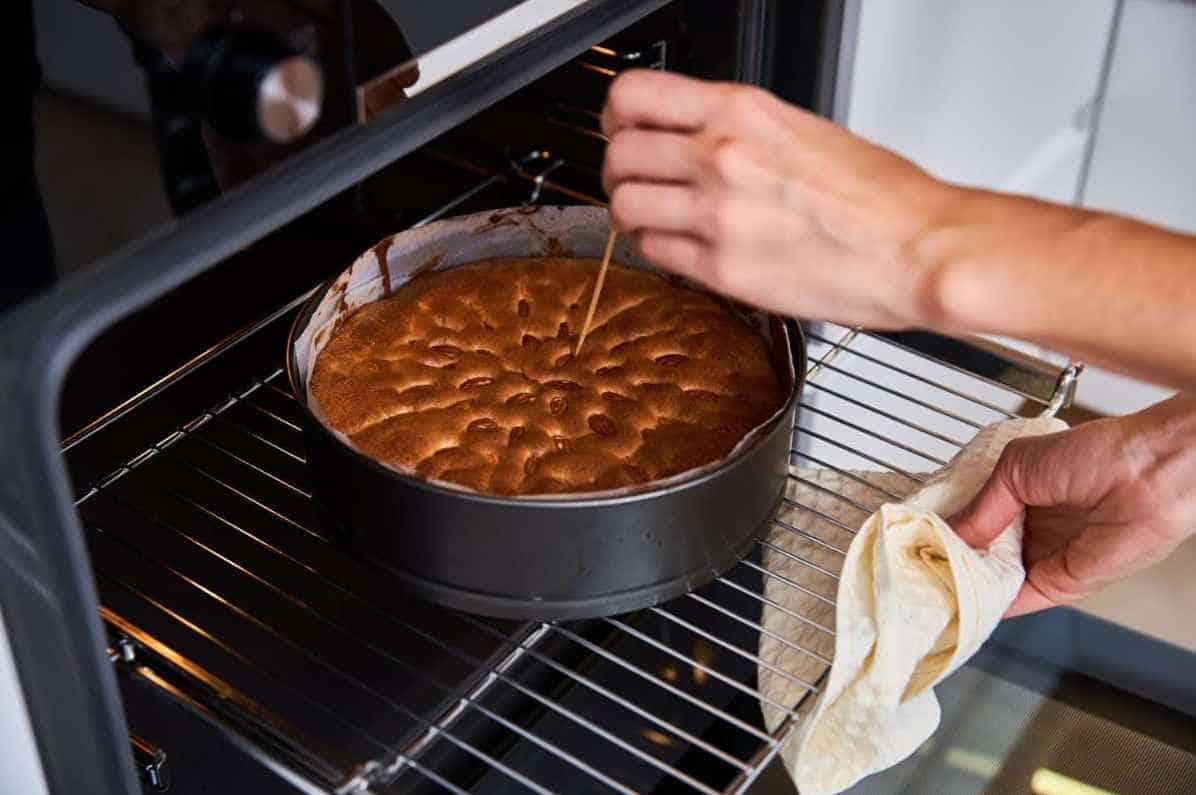
Seasoned bakers can attest that baking time can vary from one situation to another. It’s not necessary to follow it to a T. You still need to monitor your cake and check it for doneness using the following tips:
Method 1: Visual Cues
One way to determine if a cake’s ready is by looking at its appearance. It’s ready to go out of the oven when it’s golden brown. It will also have started to pull away from the edges of the pan.
The cake’s center should also look firm and set, not jiggly or wobbly. However, remember that the “color test” does not apply to chocolate cakes or fruit cakes.
Method 2: Toothpick Test
Another way to determine a cake’s doneness is by using a toothpick. To do this, insert a toothpick into the treat’s middle part and then remove it. The dessert is done if the stick does not have traces of morsels attached to it.
Method 3: Touch Test
A third way to determine if the cake is ready is by using the touch test. Lightly press the center with your finger. If it springs back and doesn’t leave an indentation, it’s cooked. It needs to stay in the oven if it feels mushy or sinks in.
Conclusion
Cake baking times aren’t always set in stone. Several factors can affect how long you need to bake your dessert. The key to a delicious and perfectly-baked finished product is to keep an eye on it. You can also rely on the testing methods to know if your treat is ready to leave the oven.
